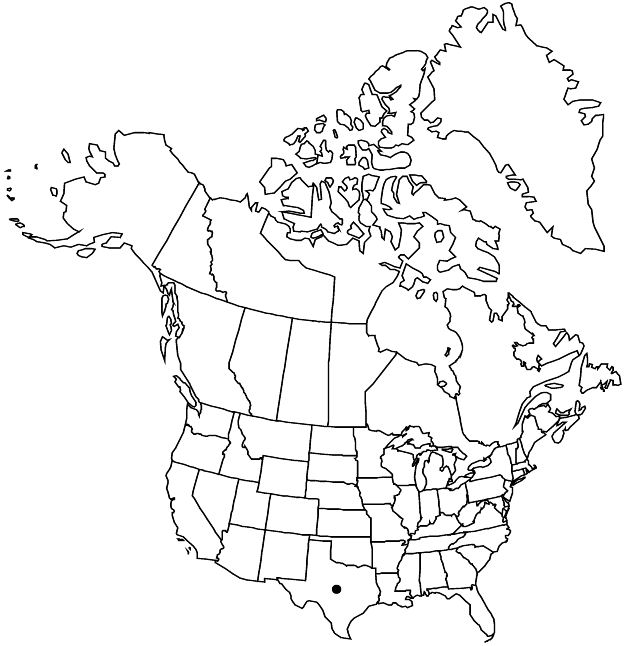Euphorbia innocua
Contr. Gray Herb. 127: 62, plate 3, fig. D. 1939.
Herbs, perennial, with moderately to strongly thickened rootstock. Stems prostrate to decumbent or ascending, branched (often near base), 7–45 cm, densely pilose. Leaves alternate; stipules to 0.1 mm; petiole (0.7–)1.1–3.5 mm, pilose; blade ovate to orbiculate, 4.6–17(–25) × 4.5–15(–19) mm, base cordate, margins entire, apex rounded to obtuse, surfaces densely pilose; venation obscure, usually only midvein conspicuous. Cyathia in terminal dichasia (often weakly defined); peduncle 1–2.7 mm, densely pilose. Involucre campanulate, 1–1.3 × 1.2–1.4 mm, pilose; glands 4, yellow to green, elliptic, 0.2–0.3 × 0.5–0.6 mm; appendages green, elliptic, 0.4–0.5 × 0.5–0.9 mm, entire or crenulate, ciliate. Staminate flowers 5–10. Pistillate flowers: ovary pilose; styles 0.4–0.7 mm, 2-fid 1/2 length. Capsules depressed-ovoid, 2–2.5 × 2.7–3.3 mm, pilose; columella 1.6–2.1 mm. Seeds gray to brown, ovoid, 1.5–1.7 × 1.2–1.3 mm, rugose with whitish ridges; caruncle absent.
Phenology: Flowering and fruiting early winter–late spring.
Habitat: Sandy soils or dunes, grasslands, pastures.
Elevation: 0–20 m.
Discussion
Euphorbia innocua is restricted to south coastal Texas in Aransas, Calhoun, Kenedy, Kleberg, Nueces, Refugio, San Patricio, and Willacy counties.
Selected References
None.
